history 111 exam 1
1/38
There's no tags or description
Looks like no tags are added yet.
Name | Mastery | Learn | Test | Matching | Spaced |
|---|
No study sessions yet.
39 Terms
tours
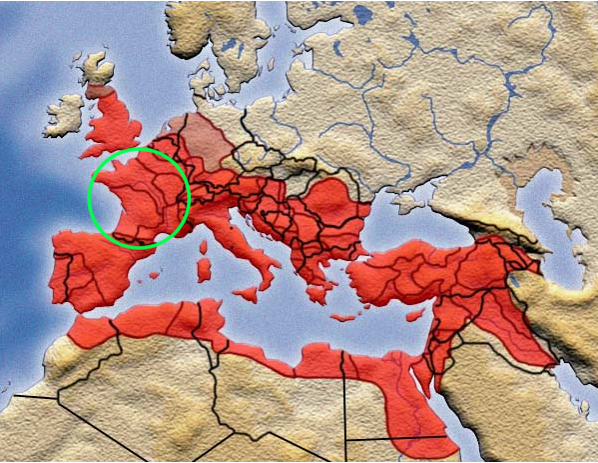
england
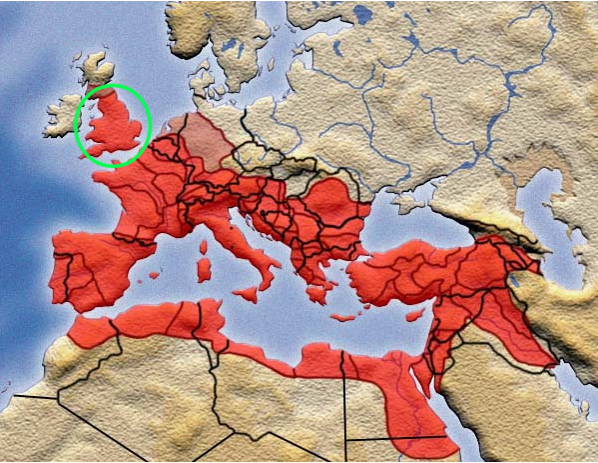
iberian peninsula
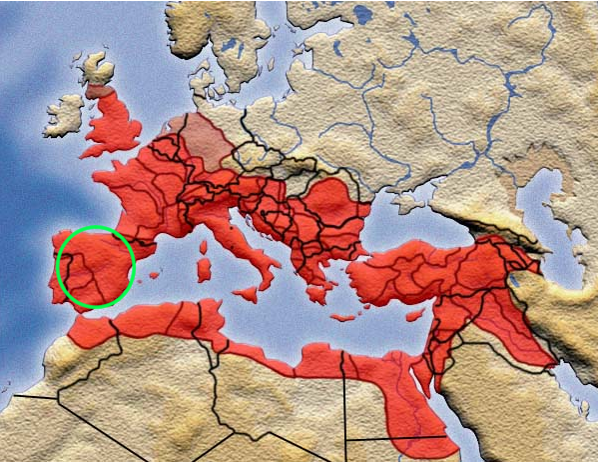
rome
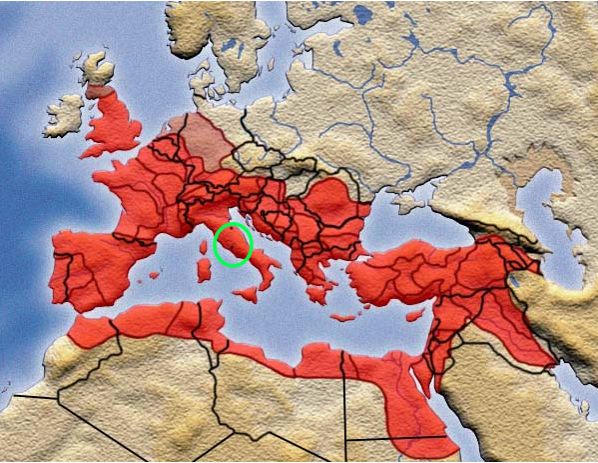
italian peninsula
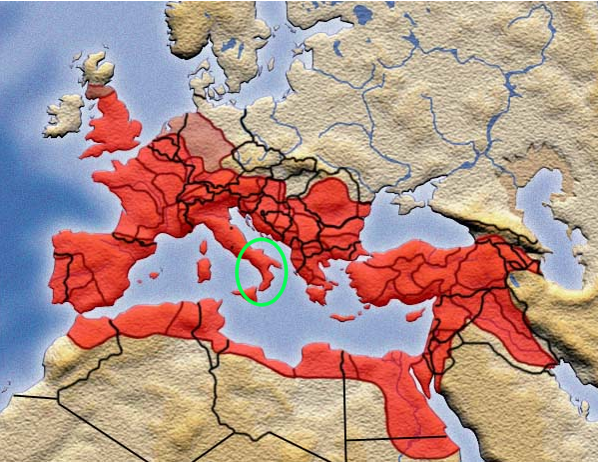
mediterranean sea
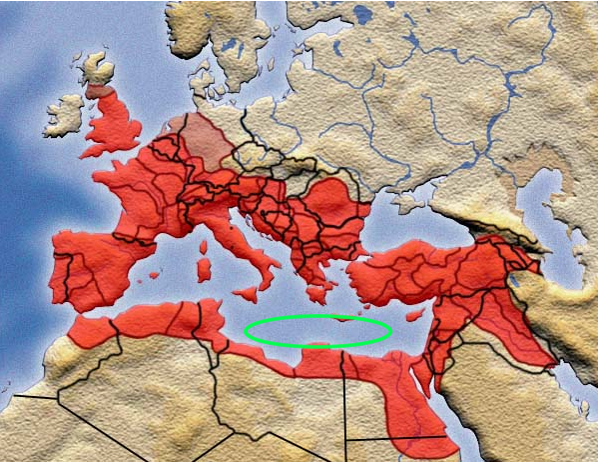
jerusalem
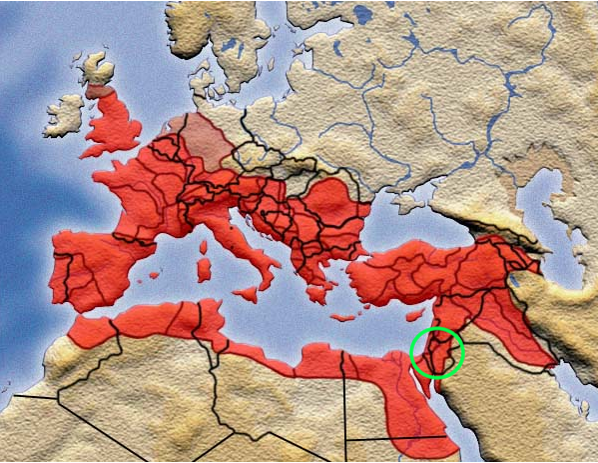
constantinople
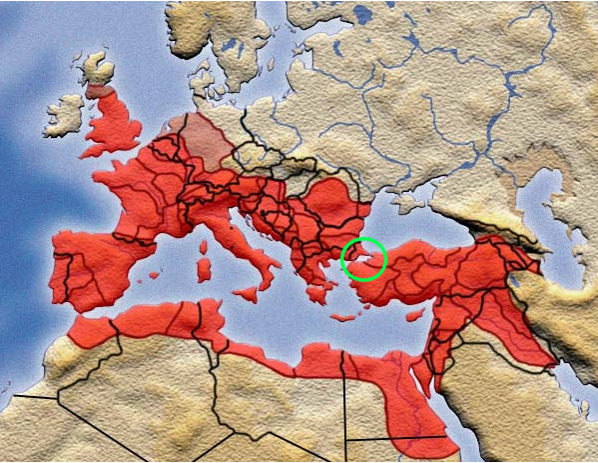
arabian peninsula
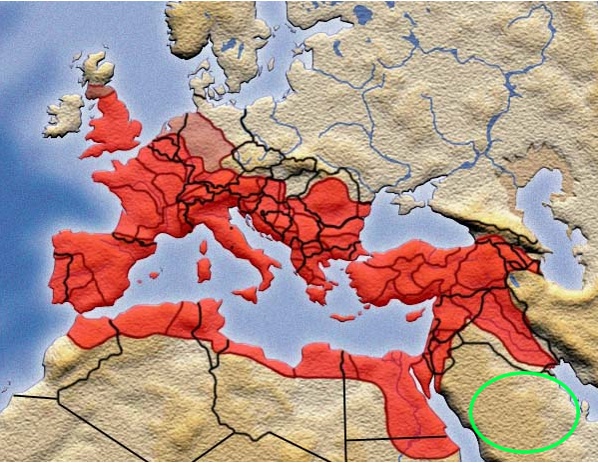
baghdad
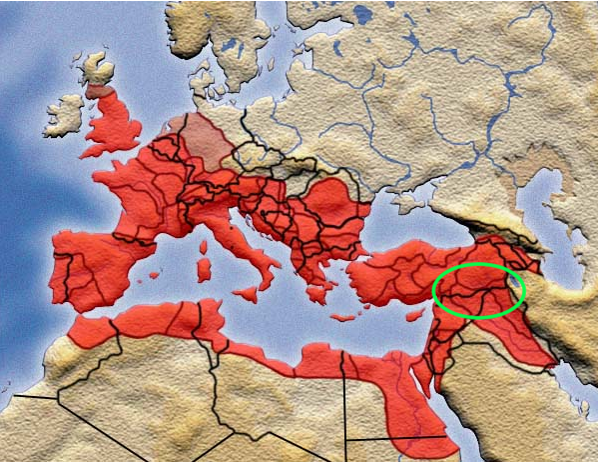
Cartography is the discipline dealing with the conception, production, dissemination, and study of maps. These maps are important to help us understand the medieval understandings of the world in relation to how we see the world present day.
cartography
Petrus Paulus Vergerius is the author of The New Education. He highlighted the importance of history as a subject — in fact, he deemed it the most important subject.
Petrus Paulus Vergerius
Saint Benedict of Nursia is a monk who founded a Monastery at Monte Cassino, Italy. He also may have trained in Roman Law. He was extremely religious and revered for his kindness. He was said to have helped the poor and was so holy that he was able to cure illnesses.
Saint Benedict of Nursia
Capitularies are Germanic laws. In Germanic tribes, they would use scribes to write down the laws. These laws reflected the violent nature of their warrior society, with punishments for people if they gauged another’s eyes out. These violent attacks are punished by compensation payments proportional to each person’s WERGILD (man price).
Salic Law/Capitularies
The four Latin Fathers of the Church are Saint Jerome, Saint Ambrose, Saint Augustine, and Pope Gregory the Great. Saint Jerome wrote over 150 letters and translated the Vulgate Bible. Saint Ambrose was a Roman Patrician and known for his Ambrosian Hymns. Saint Augustine wrote over 350 works, including letters and the City of God. Pope Gregory the Great ruled Rome and wrote many sermons and gave charity.
Latin Fathers of the Church
Ibn-Sina is a polymath who wrote the Canon of Medicine. During Ibn-Sina’s time, there was a golden age of Islam, in which literacy rates were higher. Al-Khwarazmi was a mathematician who wrote the Concise Book of Calculation by Restoration and Balancing. He also explains the Jewish Calendar.
Al-Khwārizmī/Ibn-Sina
The Umayyad Caliphate is the capital at Damascus. The Battle of Tours involved the Umayyad Caliphate. The Abbasid Caliphate founded Baghdad as its capital. There was a lot of trade across the Indian Ocean and the Silk Road. The Arabs were able to learn how to make paper during this time.
Umayyad and Abbasid Caliphates
The Donation of Constantine is a forged document and story about how Constantine gave the Bishop of Rome all of the Empire of the West as a “FIEF” to govern. It is believed that the Pope wanted to assert that they were the true successors of the Roman Emperors so that their spot could not be challenged.
Donation of Constantine
In Southern France, the Franks faced an army of Umayyad soldiers. Ultimately, the Franks won, and Western Europe became exclusively Roman Catholic for the next eight centuries. As a reward for winning, Charles Martel grants his warriors land.
Battle of Tours
Benjamin of Tudela is a Rabbi who traveled through many countries. He was said to be wise and understanding and learned law. He wrote descriptions of Rome, Constantinople, and Baghdad.
Benjamin of Tudela
The Late Antiquity occurred from 6/4 B.C.E. to year 363, when the rise of Christianity began. This includes when Jesus was alive, the New Testament was written, the Gospel of Saint John, and Emperor Constantine’s support of Christianity. Constantinople was also founded during this time.
Late Antiquity
Rome was sacked twice — once in 410, and once in 445. During 410, the Visigoths sacked Rome, which inspires Saint Augustine to write The City of God. In 445, the Vandals sacked Rome again.
Sacks of Rome
Pope Gelasius wrote the two-sword theory, which is that the world is governed by two distinct powers: the authority of the state and the authority of the spiritual powers. He stated that the authority of the Church is stronger than the authority of the state.
Pope Gelasius
Emperor Justinian was a ruler of the Roman Empire. A scholar had written many sources about him, detailing his conquests, campaigns, and architectural achievements. He was married to Empress Theodora, who dies from the Bubonic Plague. She served as a political advisor to Justinian.
Justinian & Theodora
There were four Merovingian Kingdoms: Austrasia, Neustria, Burgundy, and Acquitaine. Each of them are governed by a “mayor of the palace” who commands their armies and lead the Frankish kingdom. Eventually, the Mayor of Austrasia makes war against the other three kingdoms.
Merovingian Kingdoms
The Macedonian Dynasty had a few rulers. There was the Eastern Schism that lead to a official “split” between the Byzantine Church and Roman Catholic Church. During the Battle of Manzikert, the Macedonian emperor is killed, and 10 years of anarchy follow.
Macedonian Dynasty
Corpus Iuris Civilis is the Body of Civil Law. It’s a collection of four collections of the best of Roman Law, including the Digest, Codex, Novels, and Institutes.
Corpus Iuris Civilis
The Five Pillars of Islam are the five mandatory acts of worship for Muslims. This includes Shahada (a declaration of faith), Salat (prayer five times daily), Sawm (fasting at Ramadan), Zakat (giving of charity), and Hajj (pilgrimage to Mecca).
Five Pillars of Islam
The missi dominici were the “messengers of the king.” One is a member of the clergy, another is a member of Charlemagne’s court. They visit different countries annually.
missi dominici
The Carolingian Renaissance was a period of cultural activity. Aachen became the center of learning. The Carolingian Miniscule replaces the Merovingian Script, which is much harder to read and copy for Monks.
Carolingian Renaissance
“Medieval Culture rested on the foundation of three great civilizations: The Greek Christianity of Byzantium the Arabic-speaking Islamic Caliphates of the Middle East, North Africa, and Iberia; and the Latin Christian Kingdoms of Western and Northern Europe.”
Please discuss this statement by comparing these three cultures, drawing upon at least three assigned primary sources:
• How were each of these civilizations influenced by the Greco-Roman cultural legacy?
• How would you compare their political and legal structures?
• How would you compare religion and religious institutions in each civilization?
• How would you compare science, mathematics, and technology in each civilization?
• Which civilization do you consider to have been the most advanced by 814?
• If you could choose one place to live between 300-800, where, and when would it be, and why?